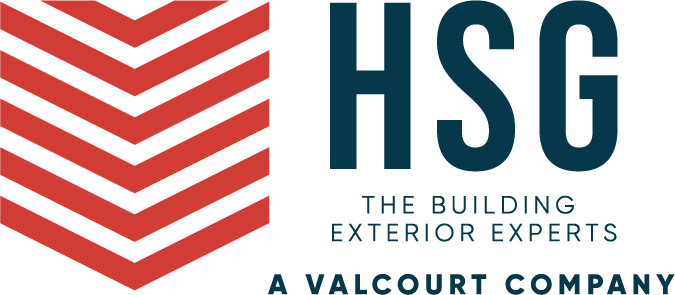
At HSG, we specialize in various building services, including window washing and facade repair. This work requires our teams to traverse over 13,000 building facades yearly, and it’s not a responsibility we take lightly. While we are experts in working at heights, we also respect the inherent dangers. To reduce risks, we develop unique job site safety plans and hazard analysis before starting a project. We also provide thorough safety training and continuing safety education to our operational teams. By incorporating safety into every step of the job, we assure building owners and property managers of a safe and successful project. This article aims to convey the value of choosing a building service provider who is not only skilled at their craft but also committed to safety compliance. Going it Alone into the Building Compliance Unknown One of the best ways to reduce the risk of legal liabilities, financial penalties, and injuries is to prioritize safety compliance. But compliance is complex, regulations change, and it’s easy to miss something if you don’t stay current. The latest edition of The Code of Federal Regulations (CFR) Title 29 Standard 1926 is a whopping 628 pages long. This publication covers labor and is only one of many standards building owners must be familiar with. The sheer volume of Occupational Safety and Health Administration (OSHA) regulations—thousands of pages detailing everything from stairwell widths to emergency exit signage—can overwhelm even the most diligent property managers. With OSHA fines increasing yearly, hoping you are covered is…











